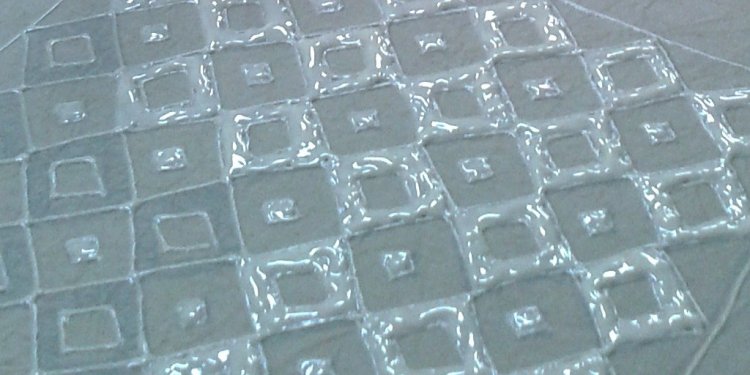
Batik Textile design
 This week we’re discussing a few textile favorites: batik, ikat, and ombré. Read on to learn more in this week’s installment of our Textile Design Guide!
This week we’re discussing a few textile favorites: batik, ikat, and ombré. Read on to learn more in this week’s installment of our Textile Design Guide!
Batik
This traditional hand-dyed textile utilizes a wax “resist.” The design is created in stages as different patterns are applied to the fabric and then exposed to batches of dye. In the end, the fabric is rinsed to remove the residual wax and reveal the final effect. While the term Batik refers to the fabric production process, with the era of digital printing it is nowadays associated more with a computer simulated batik look.
An example of an Indonesian batik fabric
Batik patterns transition well into a variety of different styles. They offer both a touch of exotic opulence and a sense of bohemian eclecticism. Furthermore, while these fabrics were customarily dyed in natural dye shades of beige, indigo, and brown, today digital customization enables us to print in unexpected, contemporary colors.
Bali
Batik Diamond
 Batik Vibration
Batik Vibration
Ikat
Ikat is another example of a traditional hand-dyed fabric. In this woven technique, warp and/or weft yarns are tightly wrapped in bundles with cords that are resistant to dye. Once they yarns are dyed, the bundles are unwrapped and then woven together, revealing the premeditated pattern. The distinctive feathered edge, almost blurred, texture occurs when the threads are not precisely aligned. While this “error” can be altered by the use of very fine yarns and great expertise, the effect is largely a valued characteristic of this textile style.
An example of an Uzbek Ikat
The early production of ikat fabric has been documented throughout Asia and the Americas, though the term “ikat” is derived from the Indonesian language for “thread” and “to tie.” As a highly technically and demanding process, especially when multiple colors are involved, ikats are a highly regarded luxury product in many cultures.
While ikats classically feature bold abstract designs, digital printing allows us to create a simulated ikat effect in an endless variety of unconventional patterns. Ikat fabrics are a great way to infuse a room with a worldly, organic feel.
Acat Diamond
Ikat Diamonds
Paisley Ikat
Ombré
The term ombré is derived from the French word ombrer, meaning “to shade.” As such, these designs showcase a gradation of color from lighter tints to darker shades. The transition can be imperceptibly smooth and soft or it can have a more coarse, disjointed appearance.
Ombré is classically associated with the fabric dip-dye technique and used to have a bohemian association. However, digital printing has made this textile so much easier to produce and has allowed us to create an exciting range of modern ombré designs. Because it is an inherently versatile print, it can be layered behind a motif or can be the central design detail. Overall, we love how ombré designs offer a tranquilly pleasing appearance.

















